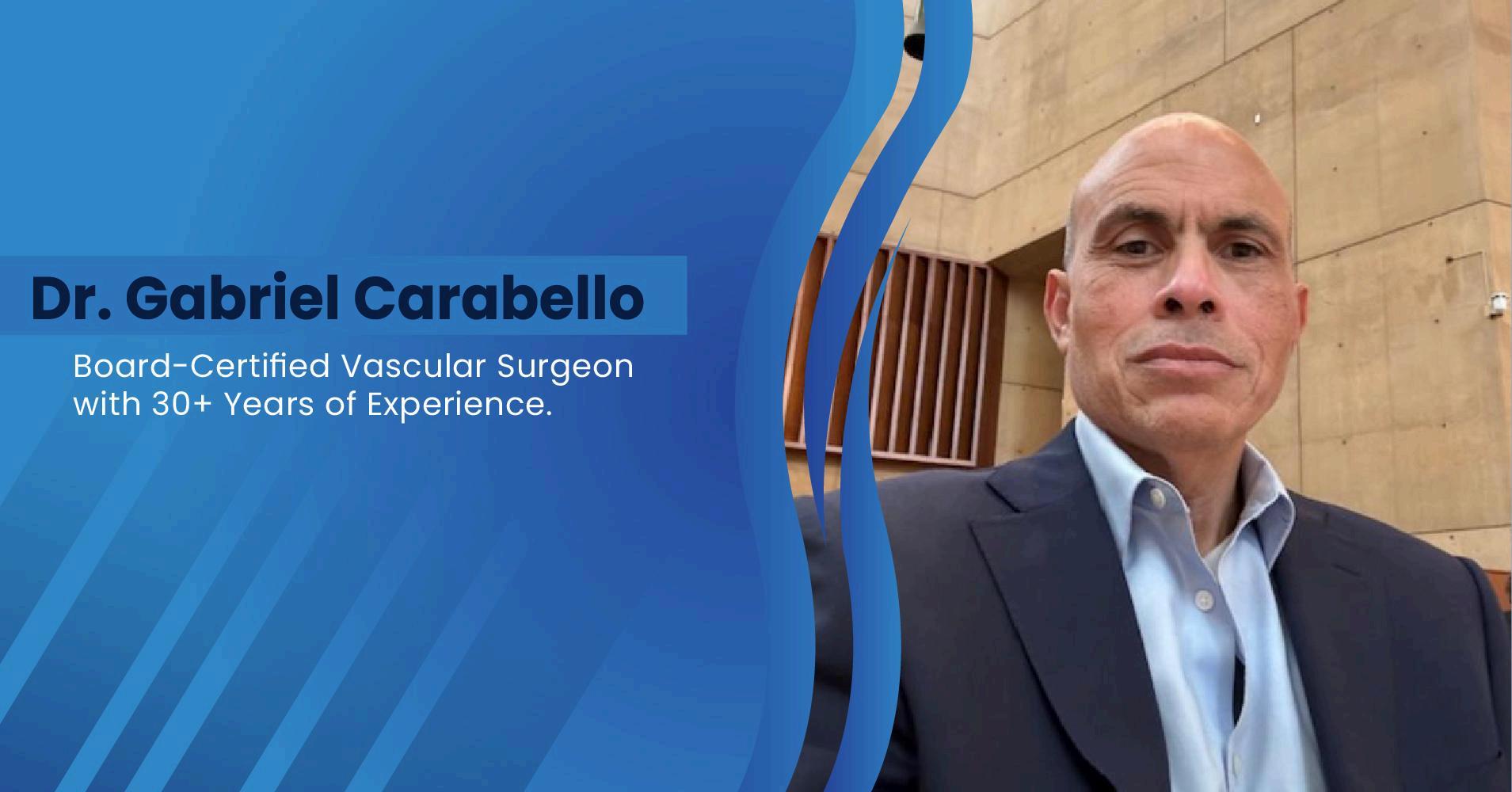Understanding How Doctors Diagnose and Treat Common Vascular Conditions

According to Dr. Gabriel Carabello, vascular conditions affect the blood vessels that carry blood throughout the body, including arteries, veins, and capillaries. These conditions can range from mild issues like varicose veins to more serious problems such as peripheral artery disease (PAD), deep vein thrombosis (DVT), and aneurysms Understanding how doctors diagnose and treat these conditions is essential for managing symptoms and preventing complications
Diagnosis begins with a detailed medical history and a physical examination Doctors often ask about symptoms such as leg pain, numbness, swelling, or visible vein changes They also consider risk factors like smoking, diabetes, high blood pressure, high cholesterol, and family history Based on the findings, doctors may order noninvasive tests to get a clearer view of the blood vessels and their function.
One of the most common diagnostic tools is the Doppler ultrasound This test uses sound waves to evaluate blood flow and detect blockages or clots Another imaging method is a CT angiogram or MR angiogram, which provides detailed pictures of blood vessels and helps identify narrowed or blocked areas In some cases, a traditional angiogram, where contrast dye is injected into the blood vessels, is performed for a more accurate diagnosis
Once a vascular condition is diagnosed, treatment depends on the type and severity of the problem Lifestyle changes are often the first step, especially for conditions like PAD Doctors may recommend regular exercise, quitting smoking, and maintaining a healthy diet to improve blood circulation.
Medications can also play a key role These may include blood thinners to prevent clots, cholesterol-lowering drugs, and medications that improve blood flow
In more severe cases, doctors may suggest minimally invasive procedures or surgery. For example, angioplasty involves using a balloon to open a narrowed artery, often followed by placing a stent to keep it open For varicose veins, treatments include laser therapy, sclerotherapy, or vein stripping In the case of aneurysms, surgical repair may be necessary to prevent rupture.
Early detection and proper treatment are crucial for managing vascular conditions effectively With advances in medical technology and a better understanding of vascular health, doctors are now able to provide more accurate diagnoses and offer targeted treatments that reduce risk and improve quality of life Regular check-ups and awareness of symptoms can make a significant difference in long-term outcomes
